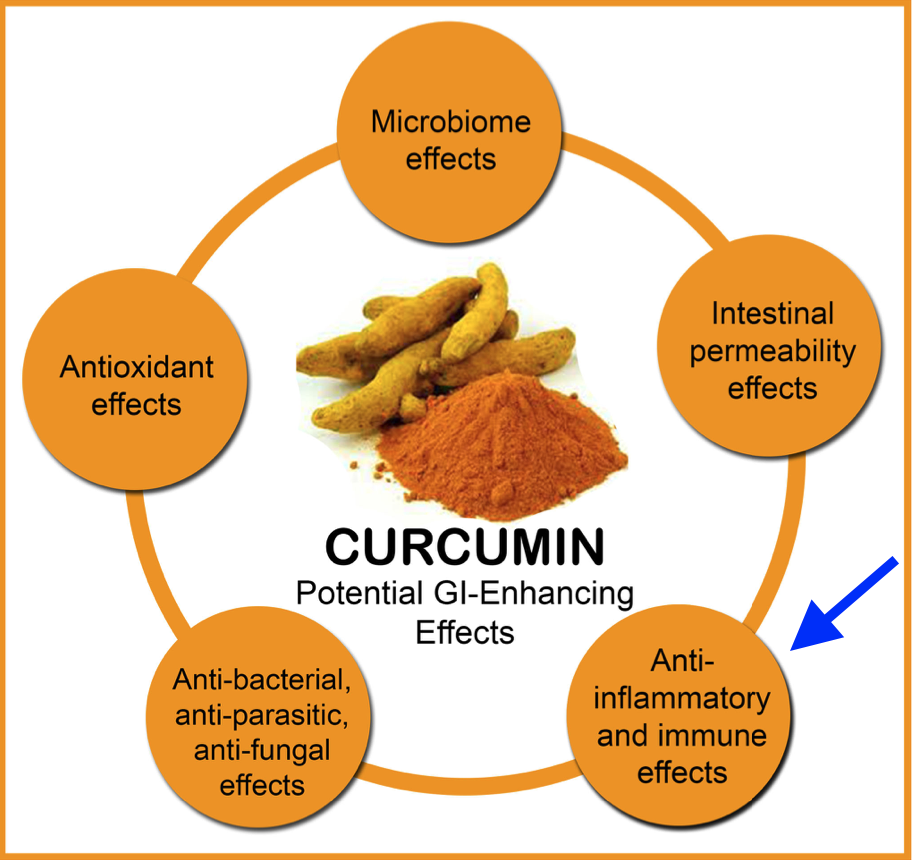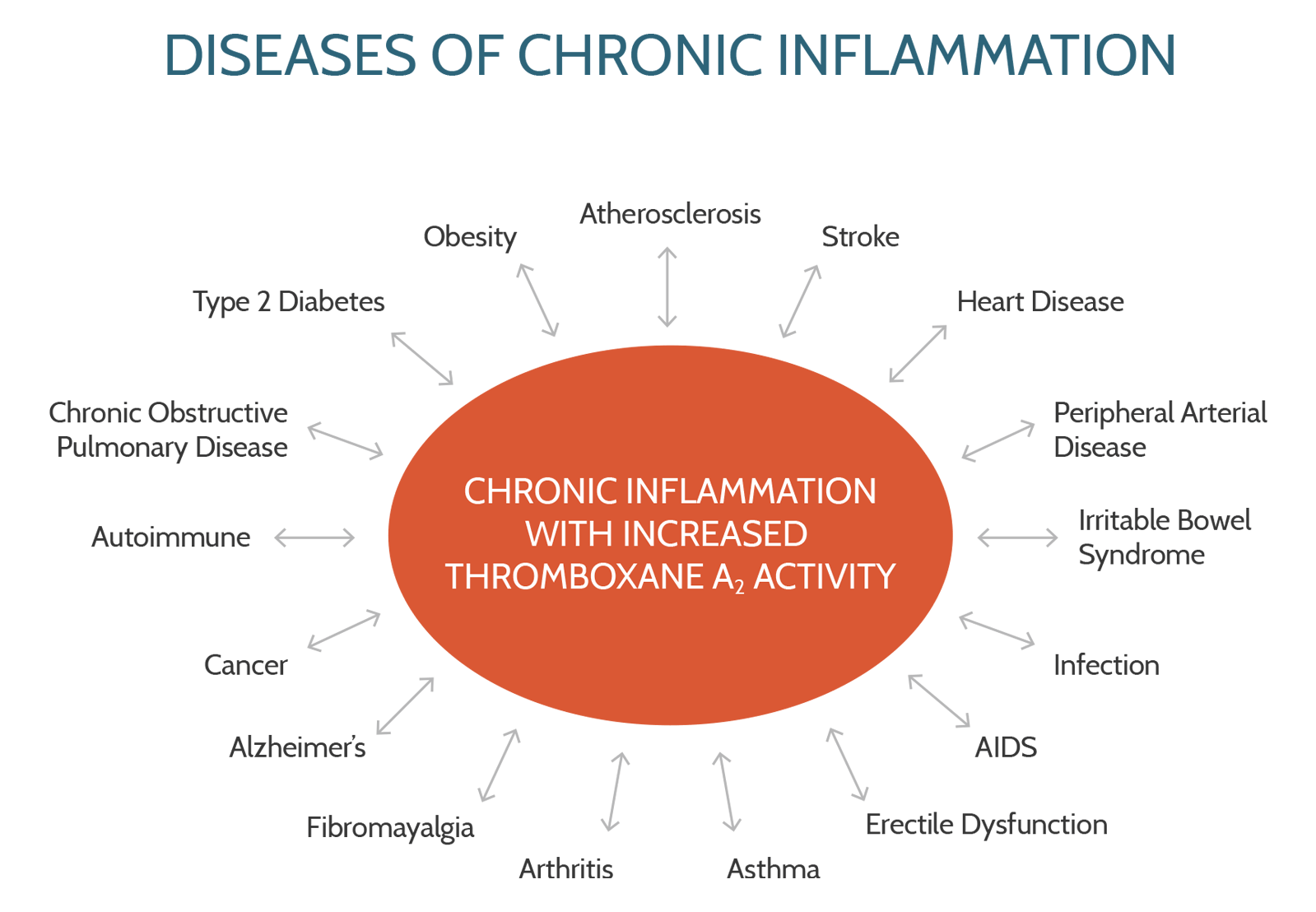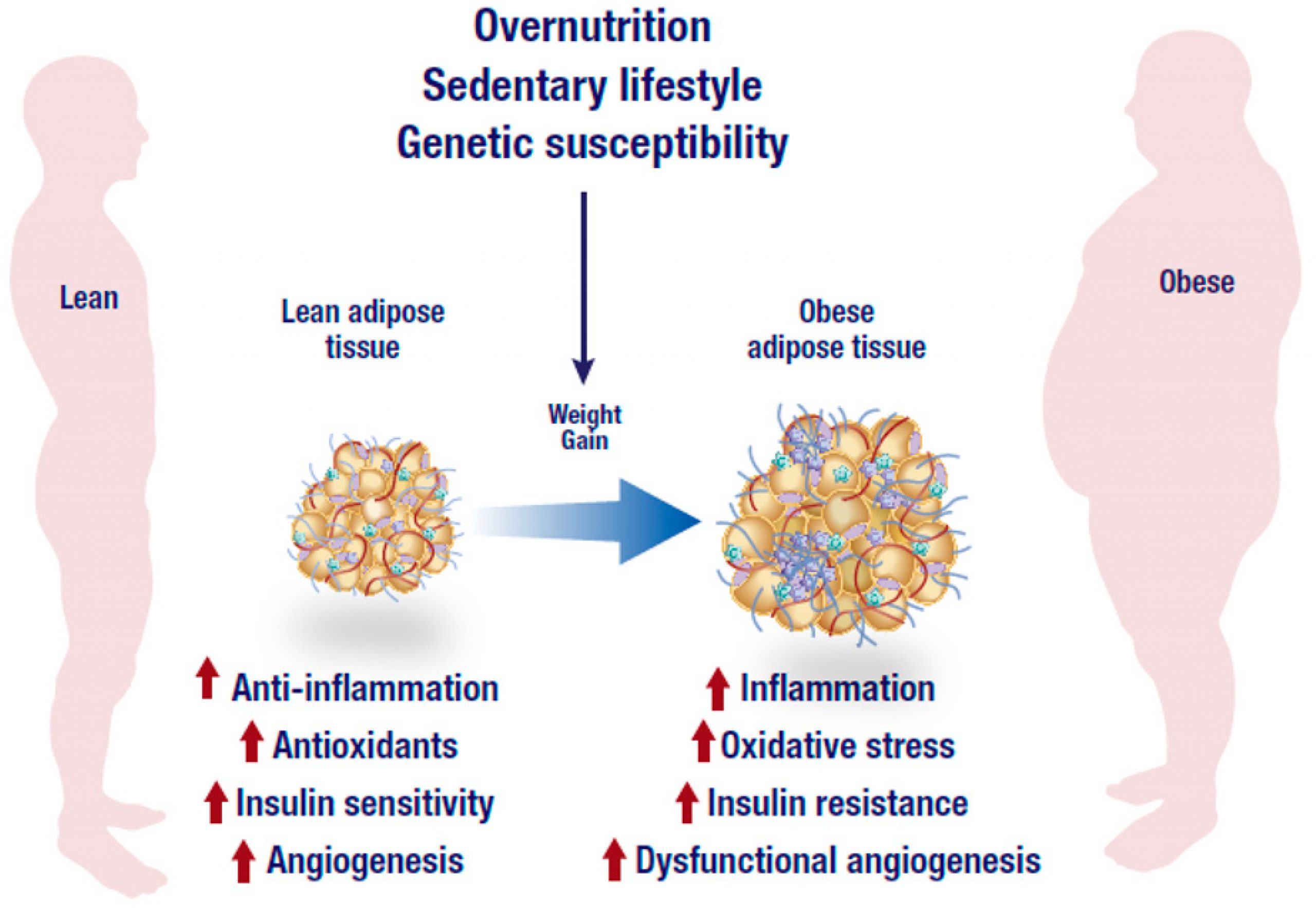
The World Health Organization has indicated that there is an excess of 340 million obese/overweight children, worldwide.1 Such an occurrence, left unchecked, will negatively affect the current health, future health, and life expectancy of children.1(2015) Furthermore, such aberrations in health and homeostasis will develop through increased obesity, elevated systemic low-grade chronic inflammation (LGCI), and increased oxidative stress.1(2015) Ultimately, solutions to control said changes include strategies and interventions to reduce the above mentioned biomarkers. One such solution includes the use of herbs and spices in the diet to down-regulate LGCI; a deep and underlying condition shared among many disease states. As a means of appreciating the role of simple interventions in the diet, such as the use of curcumin, the following will consider the same.

As mentioned in the introduction, LGCI is an almost ubiquitous condition found amongst many diseases to include cancer, cardiovascular disease, neurological disease, insulin resistance, diabetes, in addition to obesity.1(2016) As such, controlling excessive inflammatory cascades, and oxidative stress, is paramount. Although Saref-Bank et al1(2016) noted that several studies have examined the effects of curcumin supplementation amongst the adult population, very little exploration has occurred within the child/adolescent populace, especially among individuals who are obese. Such a need is relevant because obesity, in and of itself, induces inflammatory events due to the higher concentrations of pro-inflammatory cytokines to include tumor necrosis factor alpha, and interleukin-6.2 Ultimately, the presence of excess adipose tissue induces inflammation, potentially setting fertile ground for other diseases (listed previously) to manifest.

Curcumin is a polyphenol; a substance found within the plant, Curcuma longa, commonly known and referred to as turmeric.3 Over the past 50 years, extensive research has been performed on curcumin exploring its influence upon health, prevention of disease, as well as its therapeutic affects as an anti-tumor, anti-oxidant, and anti-inflammatory agent.3(98) Furthermore, evidence has suggested that curcumin is capable of inducing cell apoptosis and has been shown be a protective agent against a variety of cancers such as oral, blood, lung, pancreas, prostate, and intestinal tract.3(98) Finally, curcumin has been reported to have the capacity to decrease cell proliferation of prostate cancer cells.3(98) Considering curcumin’s wide-reaching health effects, the following will consider the influence of curcumin against LGCI.

Saref-Bank et al1(2016) explored the efficaciousness of controlling LGCI via supplementation of curcumin. The study was structured as a randomized placebo-controlled clinical trial whereby 60 post-pubescent overweight/obese females aged 13-18 years were recruited for said experiment. These participants had also been admitted to a pediatric cardiovascular research center clinic and were also participating in a weight management programs which helped encourage increasing physical activity, reducing refined foods, selecting healthier/whole foods, and improving overall lifestyle lifestyle.1(2016) The study was conducted over 10 weeks and 30 participants were assigned to a control group and 30 participants to the intervention group. Throughout the duration of the study, a dietitian met all adolescents individually and prescribed a balanced diet according to Healthy Eating Plate advice.1(2017) One 500‐mg curcumin capsule per day or its placebo (randomly assigned) was considered for each participant for 10 weeks which was consumed with their main meals to enhance absorption.1(2017)

Baseline blood samples, and samples at the end of the study, were collected and reviewed. Key biomarkers of inflammation included C-reactive protein (a measure of the degree of inflammation, also known as CRP), interleukin-6 (an inflammatory cytokine), total anti-oxidant capacity (TAC), and malonaldehyde (a measure of overall lipid oxidation from free radical production, also known as MDA).1(2017)4 Interestingly, the intervention group using curcumin, when compared to the control group, experienced a significant reduction in IL-6 and CRP levels as well as a reduction in oxidative stress markers measured by TAC and MDA.1(2019) Furthermore, the study of Saref-Bank et al1(2019) was novel because it concurrently evaluated reduction of inflammatory/oxidative markers using curcumin with a weight management program.1(2019)
In conclusion, there is an excess of 340 million obese/overweight children, worldwide. Research continues to mount indicating multiple factors contributing to the epidemic, two of which includes an aberration in inflammatory markers and oxidative stress. The implementation of curcumin, as part of a complete intervention program, shows promise due to its effectiveness over a short time periods as well as its simplicity (one capsule a day) and cost-effectiveness. Such steps, if implemented with other lifestyle changes, can facilitate the liberation of young males and females from obesity and disease.
References
1. Saref-Bank S, Ahmadi A, Paknahad Z, et al. Effect of curcumin supplementation on markers of inflammation and oxidative stress among healthy overweight and obese girl adolescents: A randomized placebo-controlled clinical trial. Phytother Res. 2019;33:2015–2022. doi:10.1002/ptr.6370.
2. Ilich, JZ, Kelly, OJ, Kim Y, Spicer, MT. Low-grade chronic inflammation perpetuated by modern diet as a promoter of obesity and osteoporosis. J Ind Hyg Toxicol. 2014;65(2):139-148. doi:10.2478/10004-1254-65-2014-2541.
3. Adahoun MA, Al-Akhras MAH, Jaafar MS, et al. Enhanced anti-cancer antimicrobial activities of curcumin nanoparticles.Artif Cells Nanomed Biotechnol. 2015;45(1):98-107. doi:10.3109/21691401.2015.1129628.
4. Lord RS, Bralley, JA. Laboratory Evaluations for Integrative and Functional Medicine. 2 nd ed. Duluth, GA: Genova Diagnostics; 2012.
-Michael McIsaac
